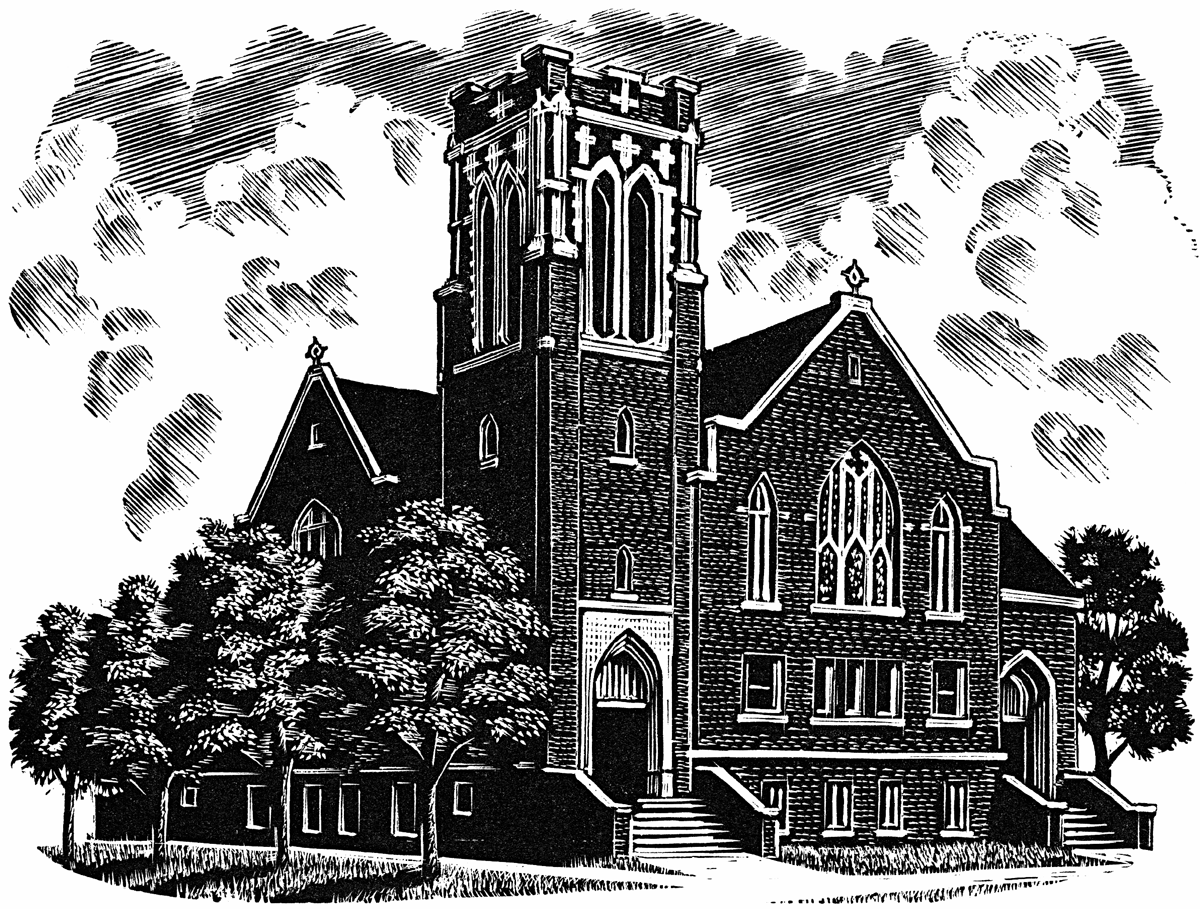
A Croonenberghs-tied wet fly.
One of “the generals,” a quill pattern fly tied by George Croonenberghs that was the staple of every Maclean fly box.

A giant Blackfoot River rainbow trout
The size and heft of the rainbow necessary to be the fish of a lifetime grew longer and got heavier as I grew older.

A Croonenberghs-tied wet fly.
Another of “the generals,” a quill pattern fly tied by George Croonenberghs that was the staple of every Maclean fly box.

Prologue: How it began
The three figures could be the Reverend Maclean, the tall figure in front, with George Croonenberghs behind him carrying his basket, and Norman Maclean downriver.

Paul! Paul!
He would come down to the lake in the evening when I was there, waiting for a fish to rise, and call out, Paul! Paul!, his face alive with memory.

Time to go fishing
Mornings mostly were for work including writing, but then it was time to go fishing.

The thousand-year old western larch near Seeley Lake
Called “Gus” by Seeley Lakers, this tree has seen a thousand years of human history go by.

First Presbyterian Church, Missoula
The church the Reverend Maclean planned and his friend A.J. Gibson designed.


Cowboys and cattle in camp
He wore leather chaps, a red bandana, and most impressive to young male eyes—a scabbard with the rifle sticking out of it!

Fire on the mountain
The Mann Gulch Fire of 1949 and the South Canyon Fire of 1994 bore many similarities—blowups that caught fire crews on the too-steep sides of a gulch.

Morrell Lake
He waved from the shore as I caught a fish and my son put it in the basket.

Epilogue
The story of the book—the three figures in Epilogue are now down to one, the author, fishing alone in home waters.












